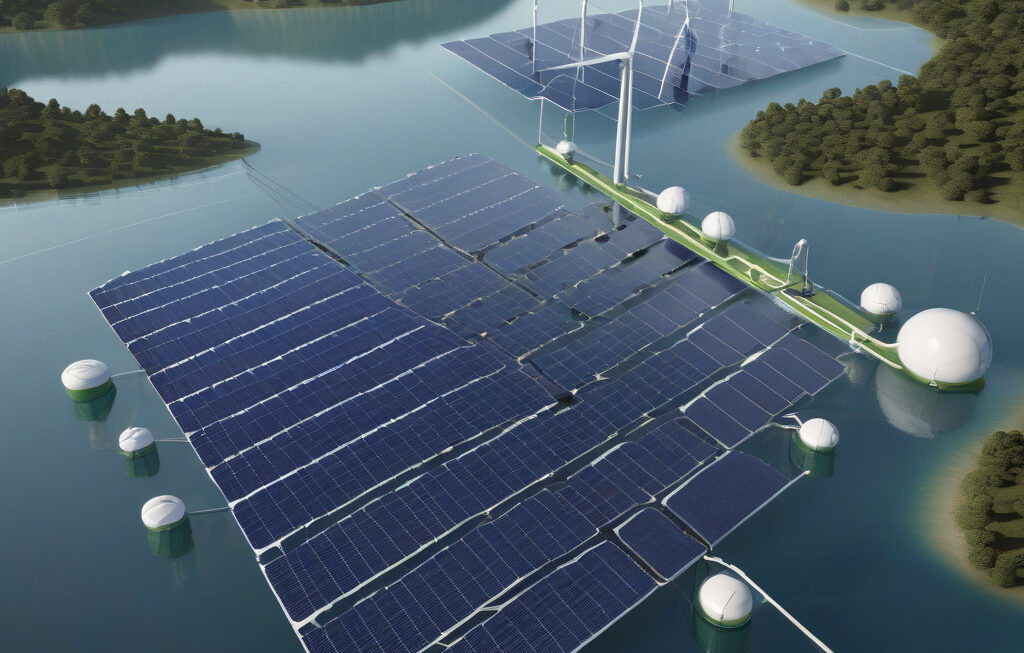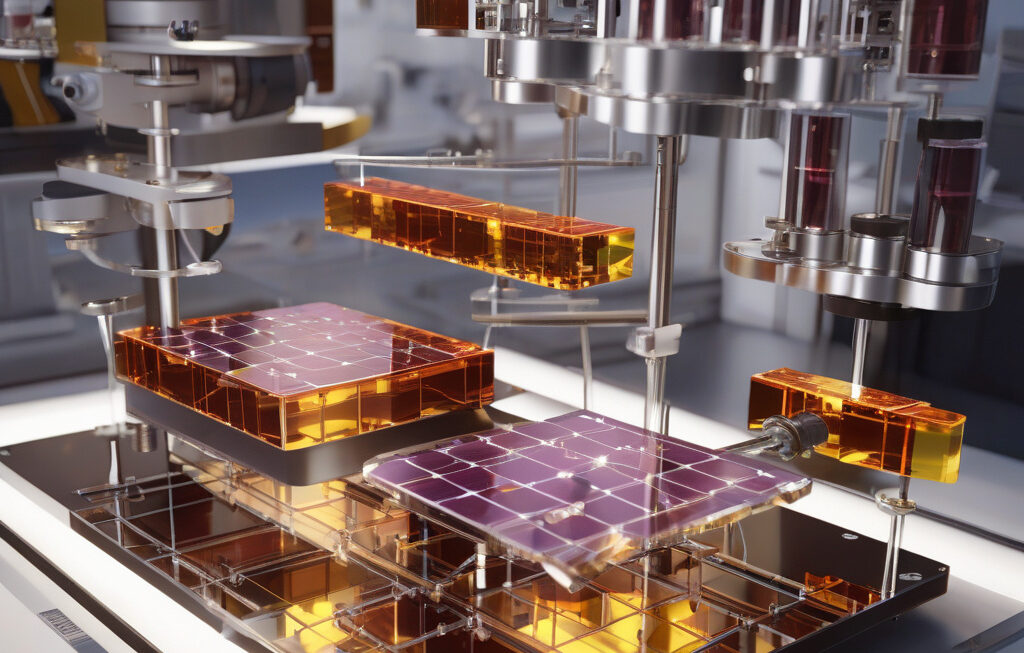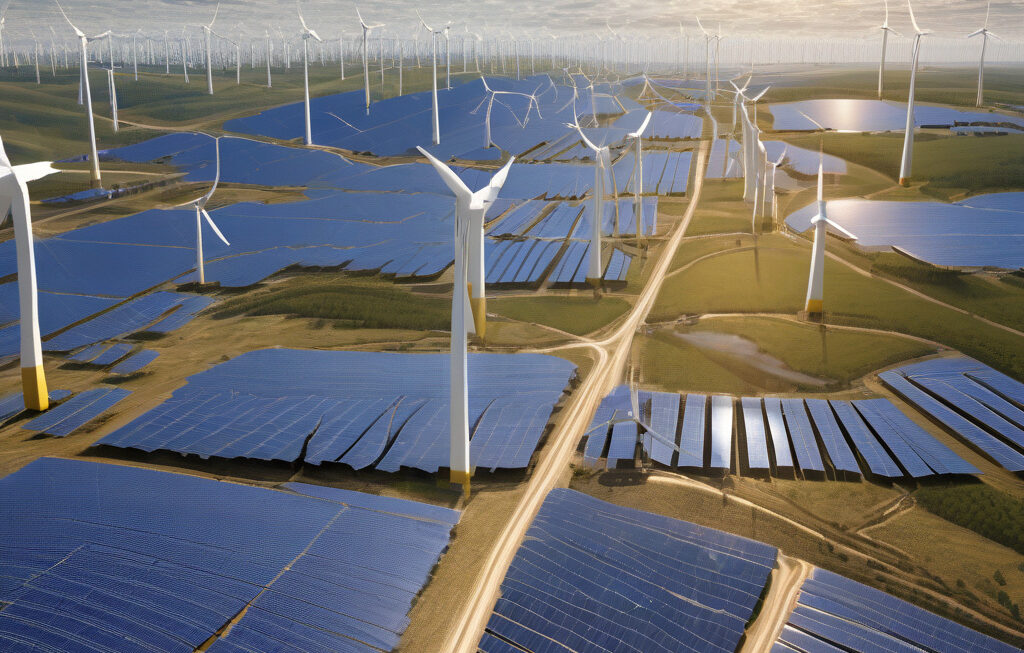Inside Asia’s First Osmotic Power Plant: How Japan Turns Saltwater into Electricity
Japan has brought its first osmotic power plant online in Fukuoka, marking the world’s second-largest producer of electricity from osmotic power. This groundbreaking technology harnesses the power of saltwater and freshwater to generate clean energy, paving the way for a more sustainable future. Let’s take a closer look at how Japan is leading the charge in osmotic power innovation.
Osmotic power, also known as salinity gradient power, is a renewable energy source that capitalizes on the natural phenomenon of osmosis. In simple terms, when freshwater and saltwater are separated by a semi-permeable membrane, the salt ions in the seawater draw the freshwater through the membrane, creating a pressure difference. This pressure can then be converted into electricity through a process known as pressure retarded osmosis (PRO).
The newly opened osmotic power plant in Fukuoka utilizes this PRO technology to produce clean electricity on a commercial scale. By strategically placing the semi-permeable membranes between the saltwater and freshwater sources, the plant can efficiently generate power with minimal environmental impact. This innovative approach not only reduces carbon emissions but also helps Japan diversify its energy mix and reduce its reliance on fossil fuels.
One of the key advantages of osmotic power is its predictability. Unlike solar or wind energy, which are dependent on weather conditions, osmotic power generation remains consistent throughout the day. This reliability makes osmotic power an attractive option for countries looking to stabilize their energy supply and reduce their carbon footprint.
Japan’s foray into osmotic power reflects its commitment to embracing cutting-edge technologies to address environmental challenges. As a country prone to natural disasters and heavily reliant on imported energy, Japan sees osmotic power as a viable solution to enhance its energy security and resilience. By investing in sustainable energy sources like osmotic power, Japan is not only reducing its greenhouse gas emissions but also fostering innovation in the renewable energy sector.
Furthermore, Japan’s success in osmotic power can serve as a blueprint for other countries looking to adopt this clean energy technology. By sharing its knowledge and expertise, Japan can help accelerate the global transition towards a more sustainable energy future. As the world grapples with the urgent need to combat climate change, innovative solutions like osmotic power will play a crucial role in reducing our reliance on fossil fuels and building a greener world for future generations.
In conclusion, Japan’s first osmotic power plant in Fukuoka represents a significant milestone in the country’s renewable energy journey. By harnessing the power of saltwater and freshwater, Japan is not only generating clean electricity but also setting an example for sustainable energy development worldwide. As the demand for clean energy continues to rise, osmotic power stands out as a promising solution that could revolutionize the way we power our homes and industries.
#Japan, #OsmoticPower, #RenewableEnergy, #Sustainability, #CleanTech












